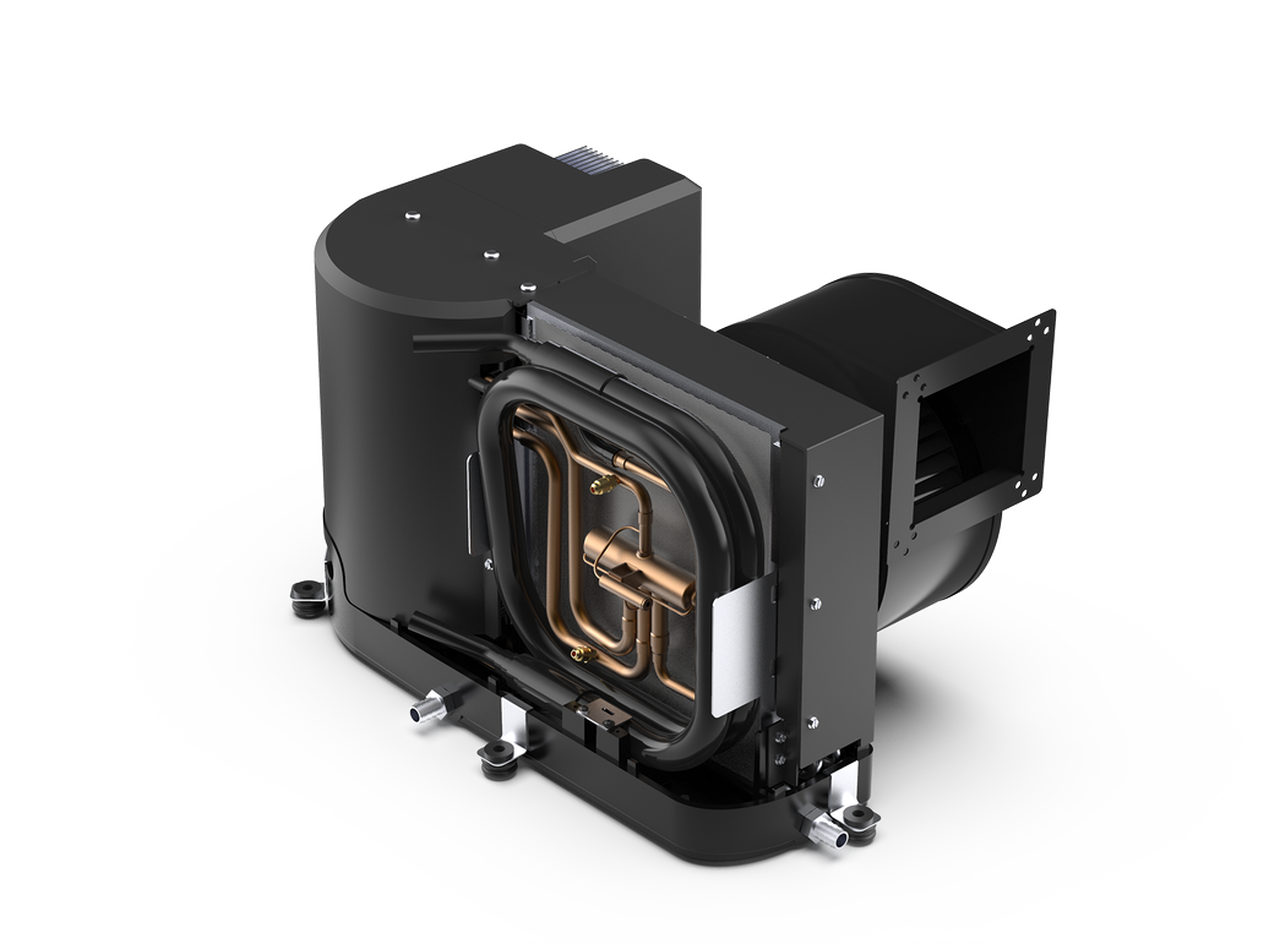angus99
Guru
I’ve been looking at this line of Italian-made, self-contained, variable-speed compressor units to replace three split systems. (Note that the 7K btu model shown is not variable speed.)
https://www.uflexusa.com/wp-content/uploads/2021/08/Brochure-pages.pdf
These seem to have a lot going for them. I spoke to an engineer at Uflex Marine, an independent installer and a couple of owners and the feedback has been consistent:
—low amp draws and inverter-friendly—able to run on a suitably sized house bank
—no start-up surges; compressors and fans ramp up and down with demand, similar to household variable-speed units
—extremely quiet operation
—WiFi-controllable
The Velair line is reportedly manufactured at the same facility that builds the crazy expensive Frigomar line using many of the same design features and parts. Uflex, an 80+ year-old company, is planning to unveil a new line this fall that they claim will be 20% more efficient and priced lower. They are also standing up a more robust North American dealer and support network.
Potential downsides include their somewhat larger size, questionable parts availability and limited feedback from actual users.
So, I’m looking for folks with direct or indirect experience with Velair. Based on the two mentions of Velair in the archives, I’m not terribly optimistic.
https://www.uflexusa.com/wp-content/uploads/2021/08/Brochure-pages.pdf
These seem to have a lot going for them. I spoke to an engineer at Uflex Marine, an independent installer and a couple of owners and the feedback has been consistent:
—low amp draws and inverter-friendly—able to run on a suitably sized house bank
—no start-up surges; compressors and fans ramp up and down with demand, similar to household variable-speed units
—extremely quiet operation
—WiFi-controllable
The Velair line is reportedly manufactured at the same facility that builds the crazy expensive Frigomar line using many of the same design features and parts. Uflex, an 80+ year-old company, is planning to unveil a new line this fall that they claim will be 20% more efficient and priced lower. They are also standing up a more robust North American dealer and support network.
Potential downsides include their somewhat larger size, questionable parts availability and limited feedback from actual users.
So, I’m looking for folks with direct or indirect experience with Velair. Based on the two mentions of Velair in the archives, I’m not terribly optimistic.

 Ted, isn’t the cycle you’re describing the basic way a variable speed compressor/fan is supposed to work automatically? My limited understanding is that these units’ compressors never shut off, but throttle down to very low levels as temps approach the set point. Hence no startup surge when the compressor kicks on.
Ted, isn’t the cycle you’re describing the basic way a variable speed compressor/fan is supposed to work automatically? My limited understanding is that these units’ compressors never shut off, but throttle down to very low levels as temps approach the set point. Hence no startup surge when the compressor kicks on.